Archive for the ‘Marton Koppany’ Category
Entry 182 — “Dash No. 1,” by Koppany
Saturday, August 7th, 2010
This is one of the three pieces Marton Koppany sent me recently. I’m posting it now (1) to take care of another entry with minimum effort, (2) because I like it a lot, and (3) to allow me to babble a bit more on my favorite topic, What Visual Poetry Is.
As those who know my work as a critic, I contend that a text cannot be a poem unless it has words that are of significant importance to what the text does aesthetically. This piece contains no words, as most people understand the term. Nonetheless, I’m prepared to claim it to be a poem. Clearly, this piece is on what I call the borblur–the borderline between conceptual visimagery and visual poetry. I call it the later because I believe all punctuation marks (and similar symbols such as those used in chemistry or mathematics) can act as words in certain unusual situations.
Specifically, when a punctuation mark in a work is sufficiently emphasized to make it difficult for someone “reading” the work to treat it as nothing more than a punctuation mark, it will become a word. That is, it will not be skimmed through with little or no conscious notice–actually, with no vaonscous verbal notice, as with the dash I just used–but pondered consciously, possibly even indentified consciously as what it is, it will become a word. It will denote as well as, or even perhap instead of, acting purely punctuationally. In the case of the work above, I claim most people–at least most people familiar with the territory–will read the dash in it (even without the title of the piece), as “dash, short-cut,” then realize sensorily how it is making something rather large disappear, or realize how it works. A simple but unexpected metaphor visualized.
The pun in English of “dash” as a verb meaning to go in a hurry is a very nice extra, entirely verbal extra.
Note: my only problem with the piece is its title, which I think too overt. I’d prefer something more like “Punctuation Poem No. 63, or the like. “Mountain subjected to Punctuation?” No, but something like that, but more intelligent. . . .
Entry 36 — 2 by Koppany from #672
Monday, December 7th, 2009
.

Csend-Sinc

The Ands
Nothing else. I’m hoping to get going again on columns for Small Press Review. A deadline is approaching and I’d like to get ahead. It’d be nice, too, to start getting real work done.
Entry 31 — Old Blog Entries 663 through 670
Wednesday, December 2nd, 2009
In #663, I presented my Odysseus Suite–but the reproduction is too crude for me to re-post it here. My next entry featured this, by Endwar:
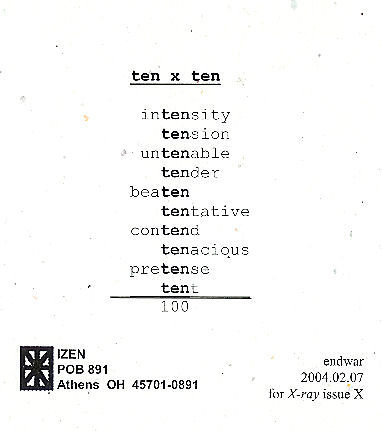 As I announced when I first posted this, I am hoping to publish an anthology of mathematical poems, like this one, so if you have one or know of one, send me a copy of it, or tell me about it.
As I announced when I first posted this, I am hoping to publish an anthology of mathematical poems, like this one, so if you have one or know of one, send me a copy of it, or tell me about it.
#665 had this by Marton Koppany, which I have to post here because it was dedicated to ME:
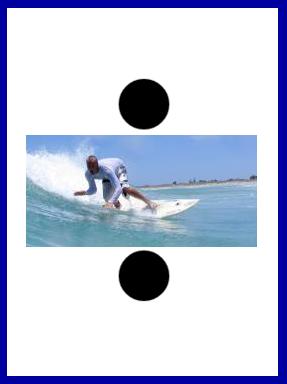
Hey, it’s mathematical, too. The next entry, whose number I fear to state, concerned this:

This is from Typewriter Poems, an anthology published by Something Else Press and Second Aeon back in 1972. It’s by Alison Bielski, An English woman born in 1925 whose work I’m unfamiliar with. I find this specimen a charmer . . . but am not sure what to make of it. Three lines, as in the classic haiku. The middle one is some sort of filter. Is “n” the “n” in so much mathematics? If so, what’s the poem saying? And where does the night and stars Hard for me not to assume come in? Pure mathematics below, a sort of practical mathematics above? That idea would work better for me if the n’s were in the lower group rather than in the other. Rather reluctantly, I have to conclude the poem is just a texteme design. I hope someone more clever sets me right, though. (I’m pretty sure I’ve seen later visio-textual works using the same filter idea–or whatever the the combination of +’s. =’s and n’s is, but can’t remember any details.)
It was back to my lifelong search for a word meaning “partaker of artwork” in #667–but I now believe “aesthimbiber,” which I thought of in a post earlier than #667, I believe, but dropped, may be the winner of my search.
Next entry topic was about what visual poets might do to capture a bigger audience. I said nothing worth reposting on a topic going nowhere because visual poets, in general, are downright inimical to doing anything as base as trying to increase their audience. One suggestion I had was to post canonical poems along with visual poems inspired by them, which I mention because in my next entry, I did just that, posting a Wordsworth sonnet and a visual poem I did based on and quoting part of it–and don’t re-post here because of space limitations. I wrote about the two in the final entry in this set of ten old blog entries.
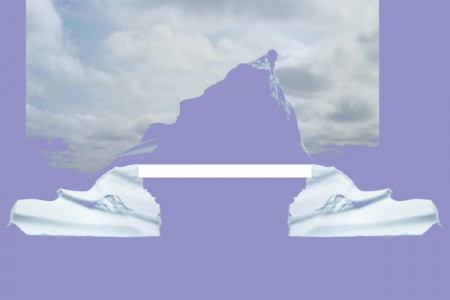
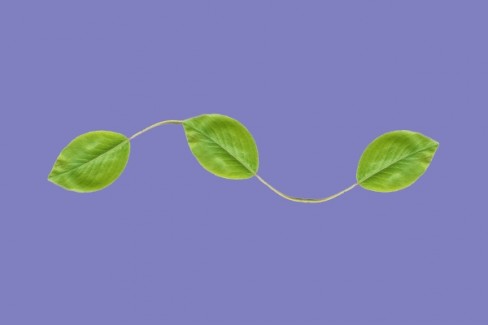
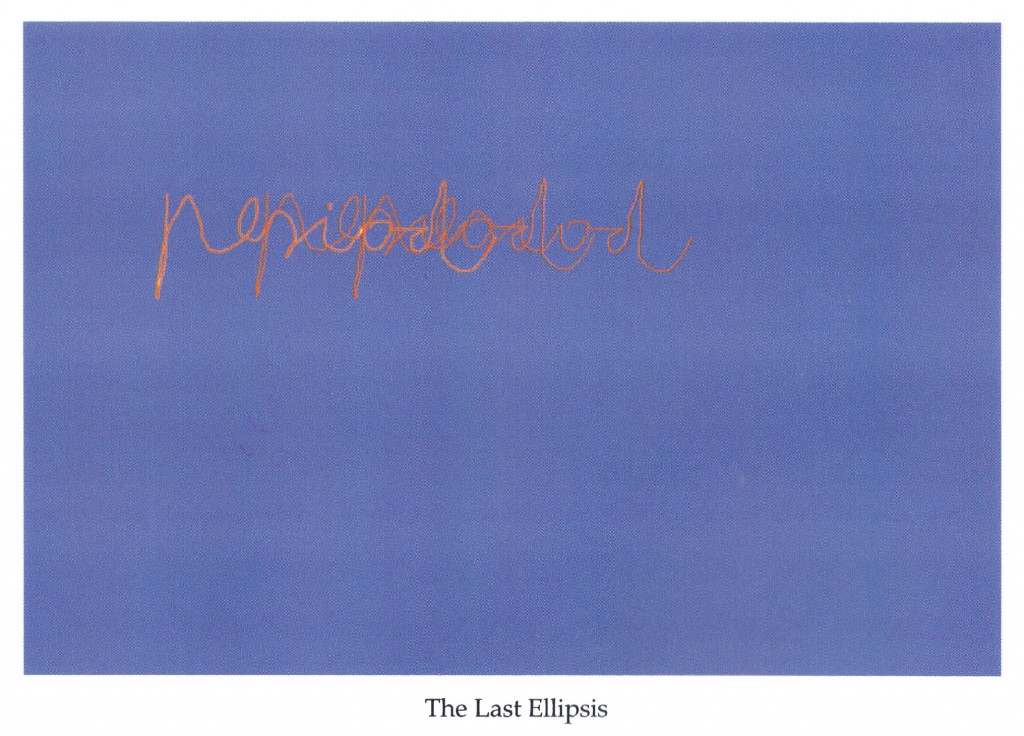

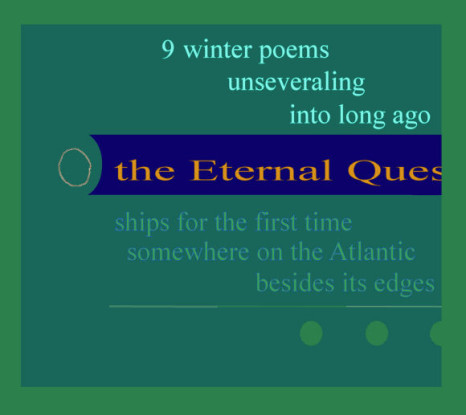
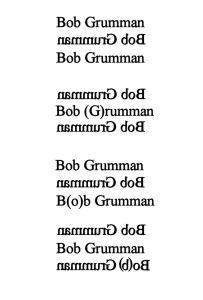

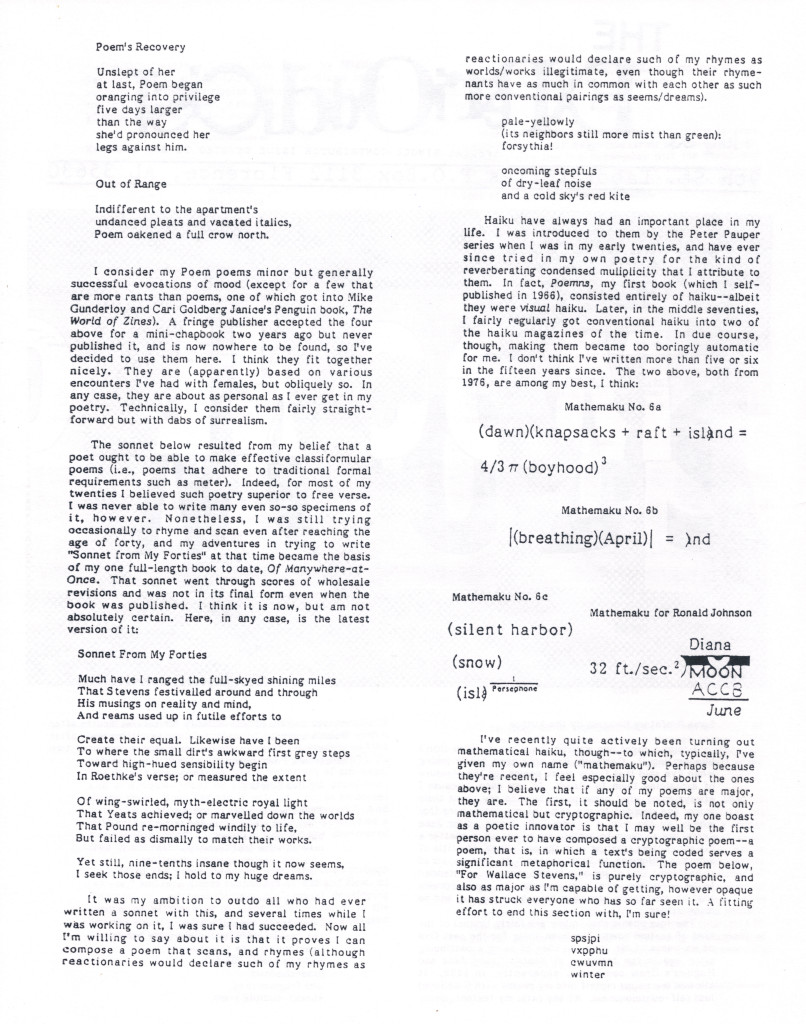
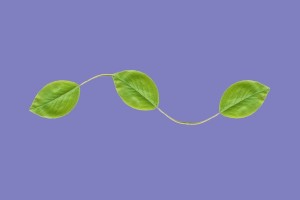
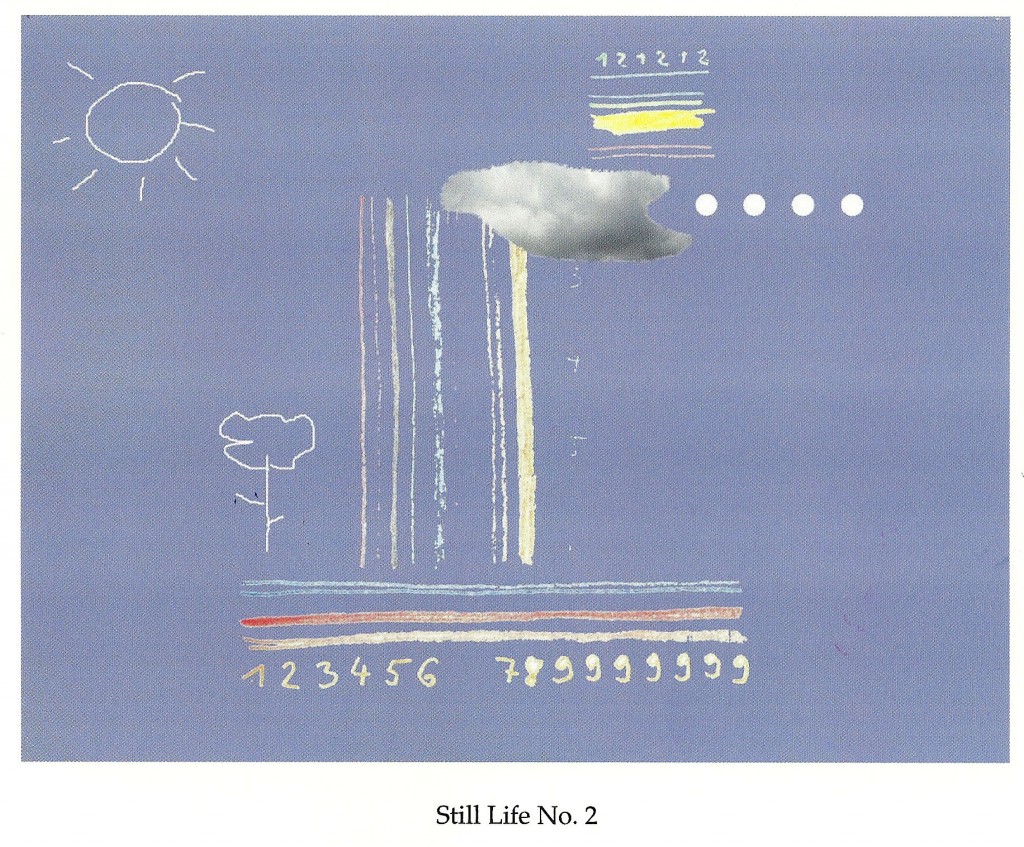
a keeper for certain
Thanks, Karl! Whether you meant mine or Marton’s! But I know you meant both, right!?
speaking of yours